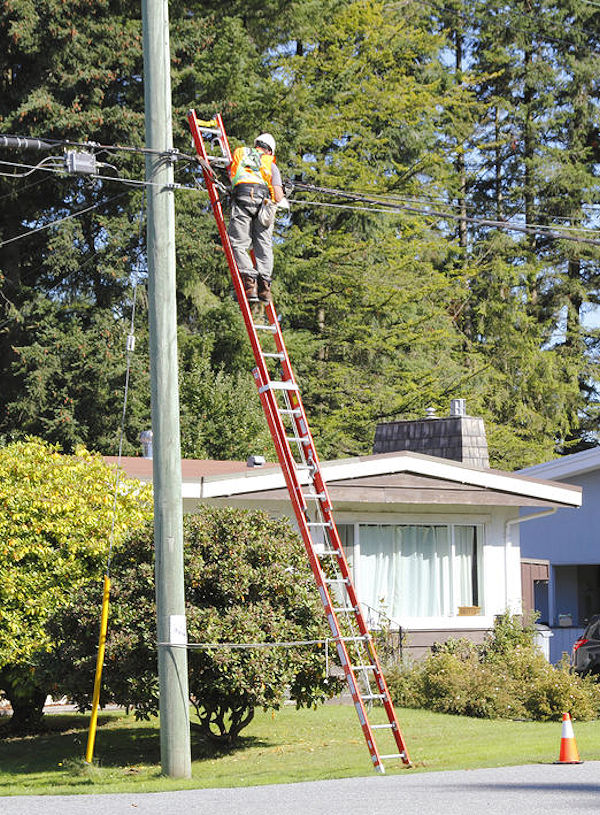Elimination and Substitution
Elimination and substitution, while most effective at reducing hazards, also tend to be the most difficult to implement in an existing process. These strategies are considered first because they have the potential of completely eliminating the hazard, thus greatly reducing the probability of an accident. Redesigning or replacing equipment or machinery may be expensive, but remember the average direct and indirect cost of a lost-work injury can be more than $50,000 and easily more than $1 million to close a fatality claim.
Engineering Controls
Engineering controls are built into the design of a facility, equipment or process to minimize the hazard. Engineering controls are a very reliable way to control worker exposures as long as the controls are properly designed, used and maintained. Click on the button to see more information and examples of engineering controls.
- If feasible, design the facility, equipment, or process to remove or mitigate the hazard. Examples include designing:
- equipment to remove the source of excessive temperatures, noise, or pressure;
- process equipment to use less toxic chemicals;
- work stations to eliminate or reduce ergonomic hazards; and
- general ventilation with sufficient fresh outdoor air to improve indoor air quality.
- If removal is not feasible, enclose the hazard to prevent exposure during normal operations. Examples include enclosing:
- moving parts of machinery;
- toxic liquids or gases;
- Glove box operations when working with dangerous microorganisms, radioisotopes, or toxic substances; and
- Complete containment of noise, heat, or pressure-producing processes.
- Where complete enclosure is not feasible, establish barriers or local ventilation to reduce exposure to the hazard in normal operations. Examples include:
- Ventilation hoods in laboratory work;
- Machine guarding, including electronic barriers;
- Isolation of a process in an area away from workers, except for maintenance work;
- Baffles used as noise-absorbing barriers; and
- Nuclear radiation or heat shields.
If, during the JHA, you discover a hazard that can be eliminated or mitigated using engineering controls, be sure to do it. One of the important goals of a JHA is to turn the dangerous step into a safe step that doesn't require safety precautions.
Knowledge Check Choose the best answer for the question.
2-2. Which of the following is NOT an engineering control?
You forgot to answer the question!

